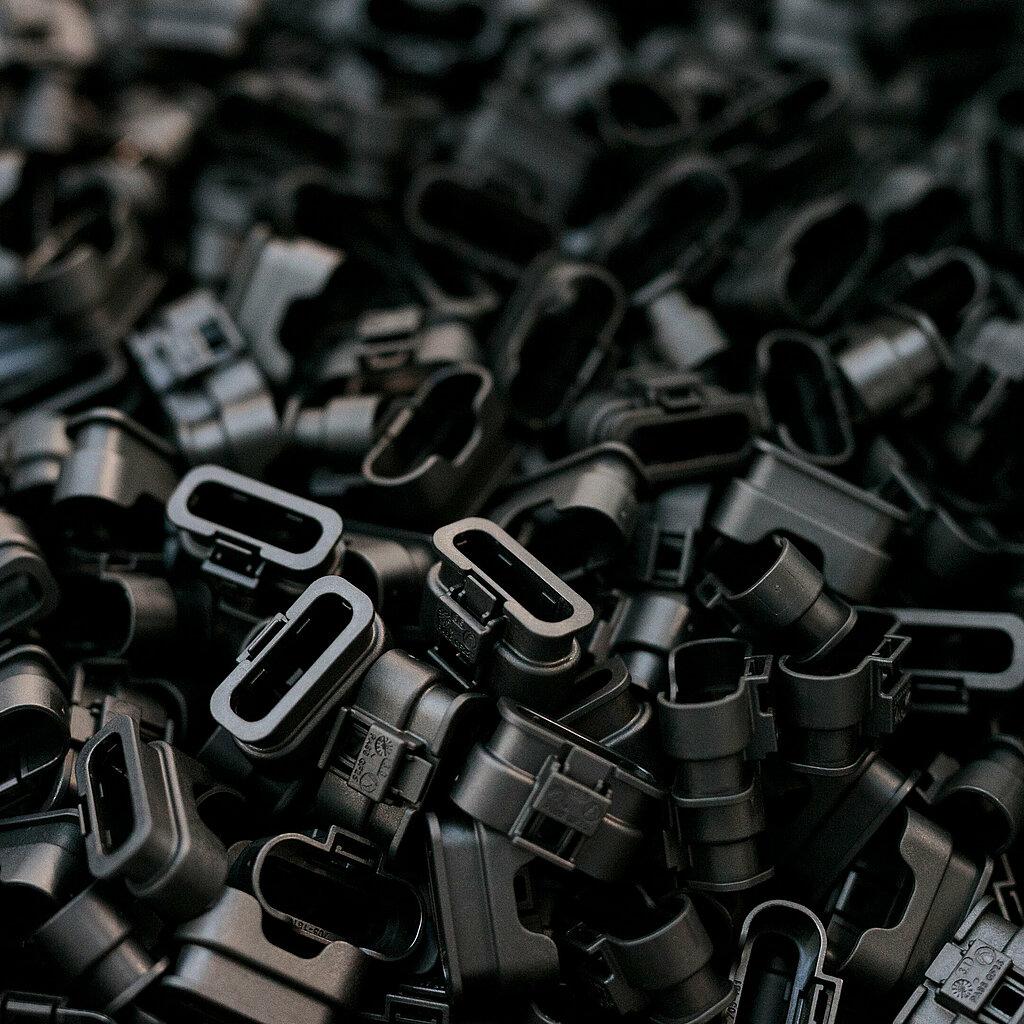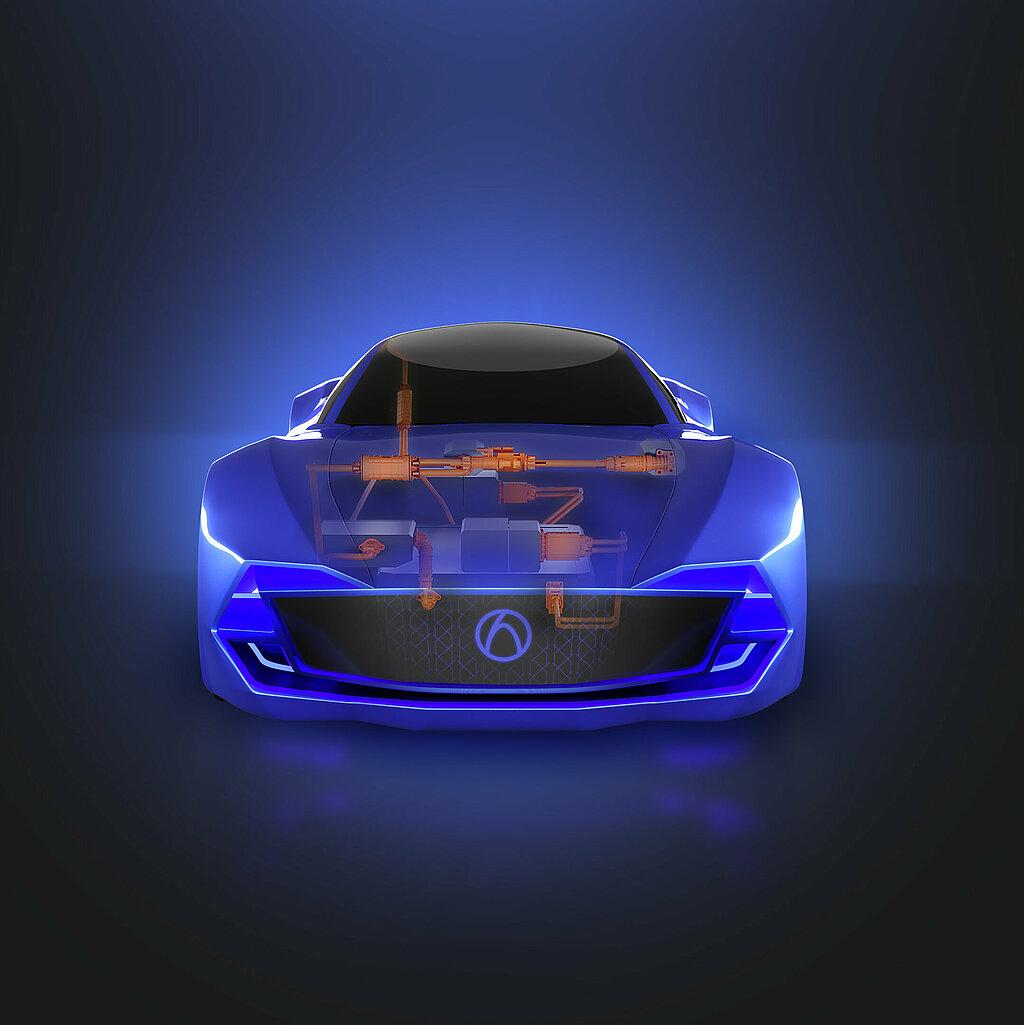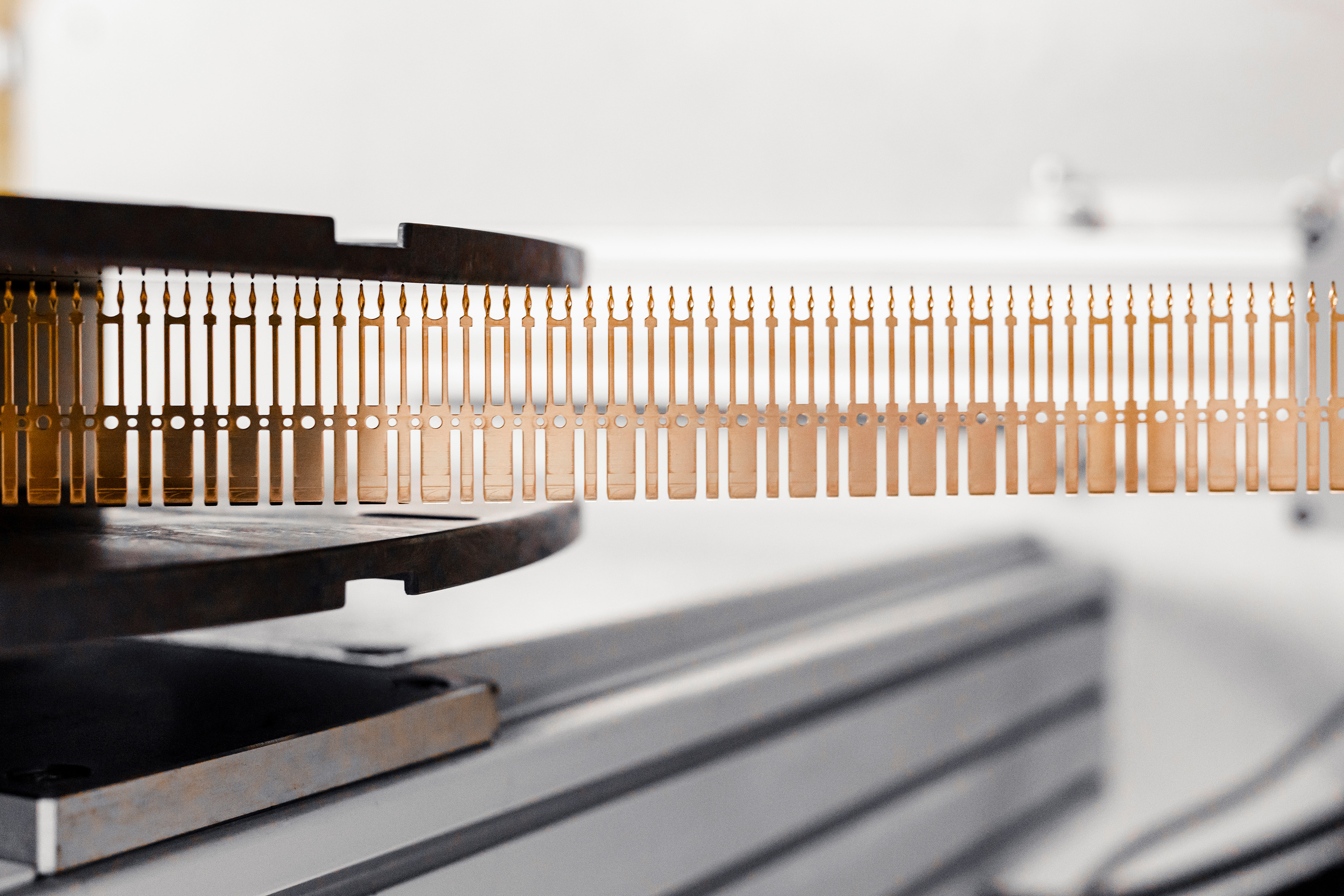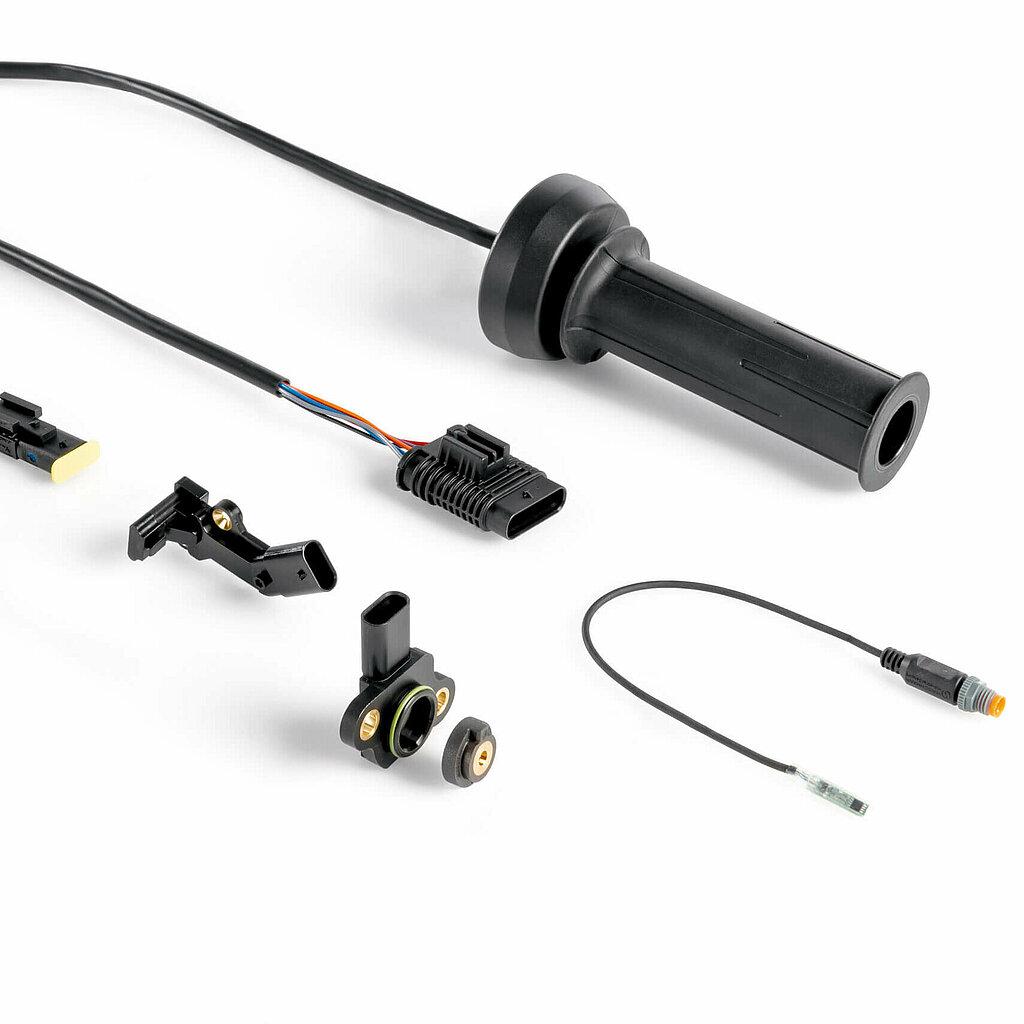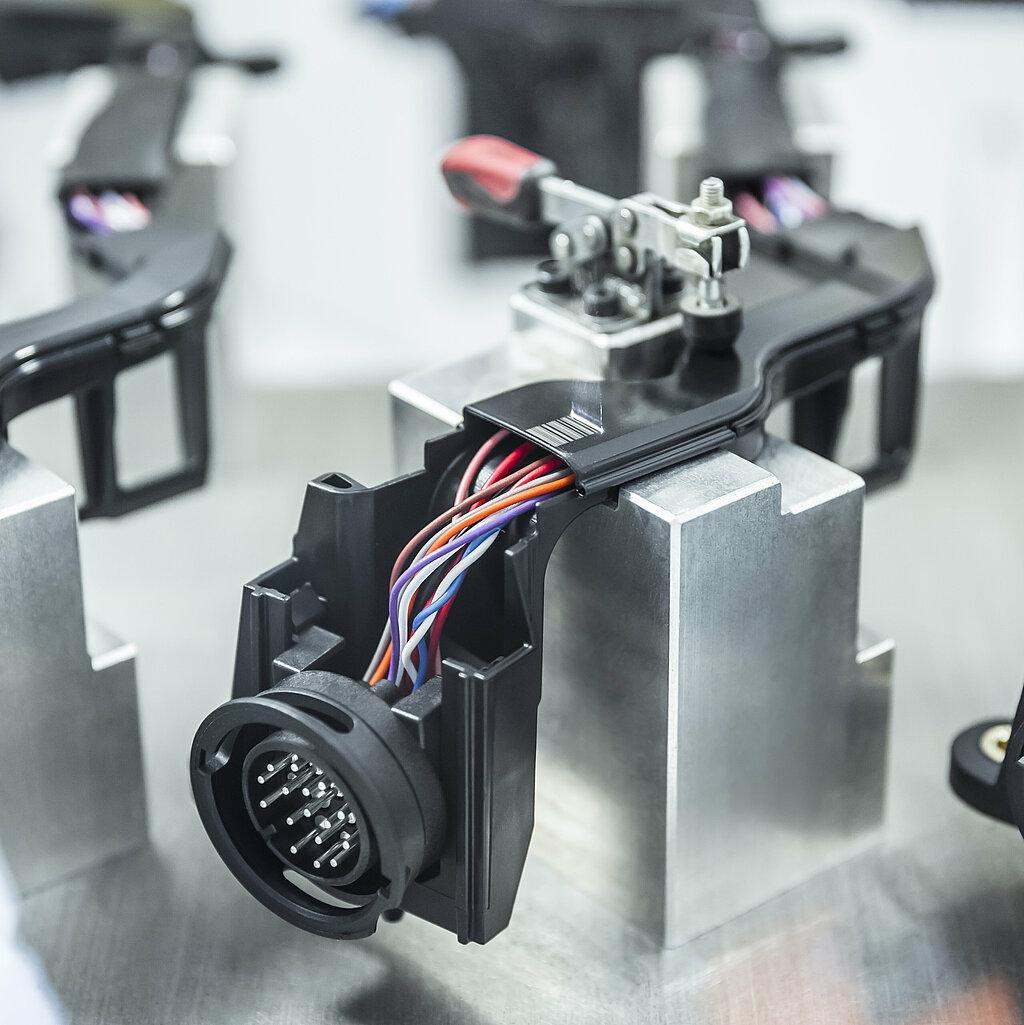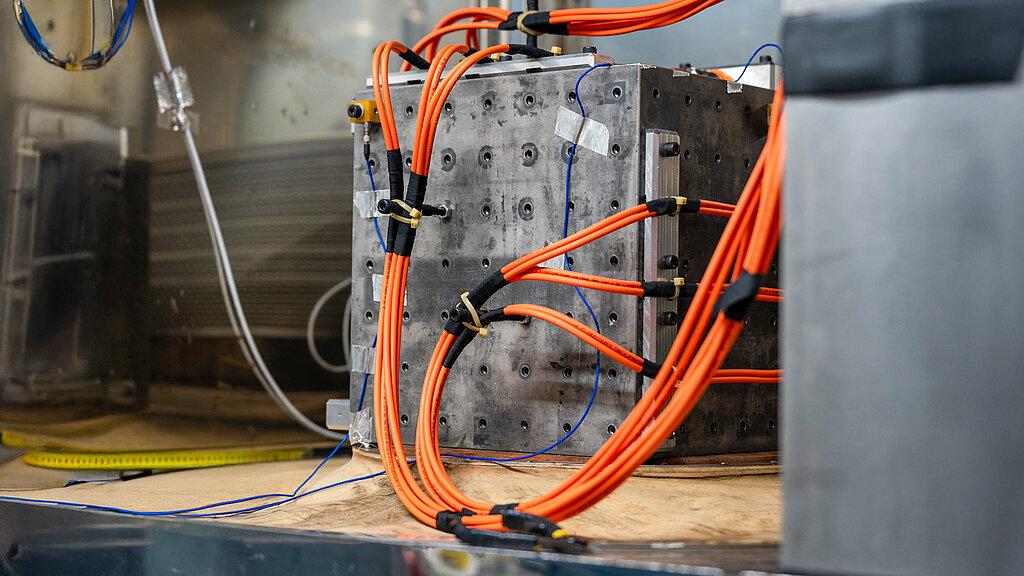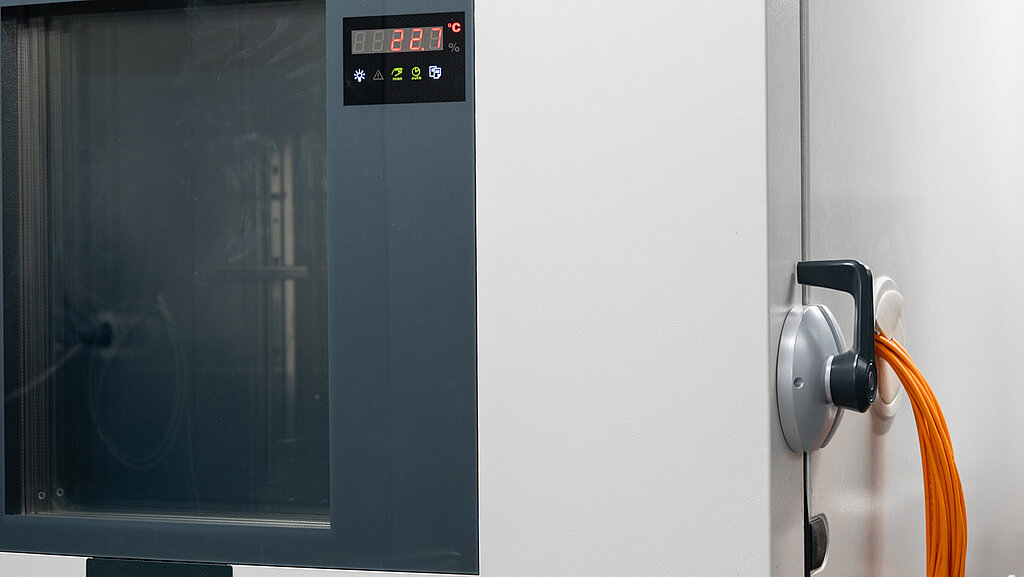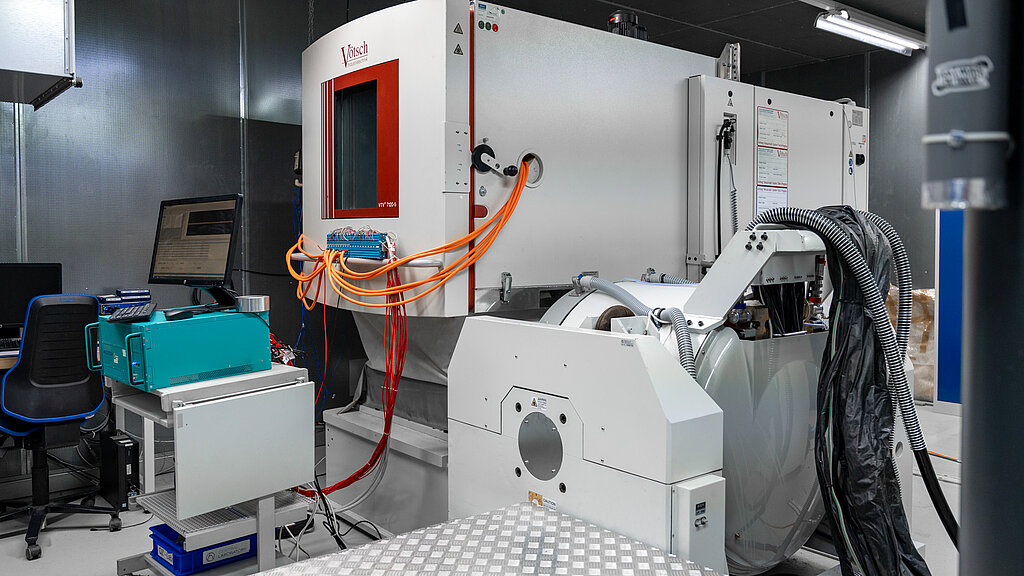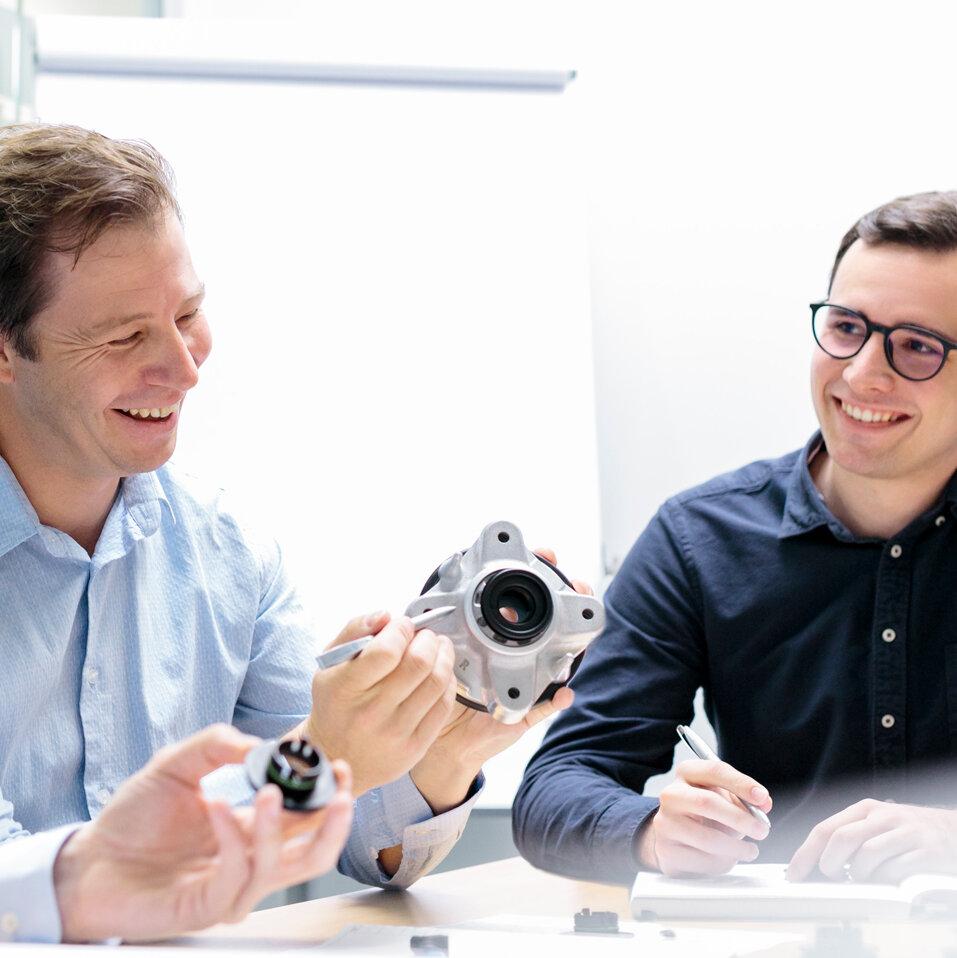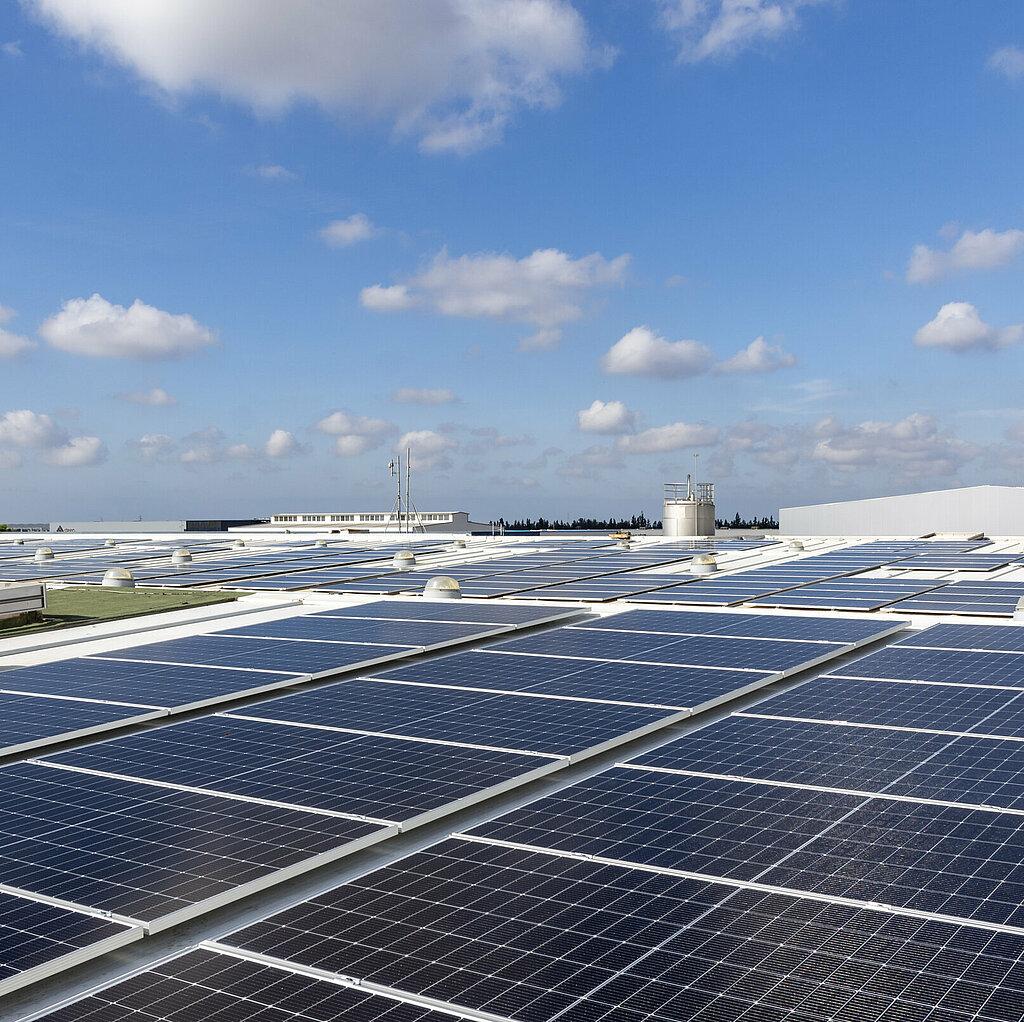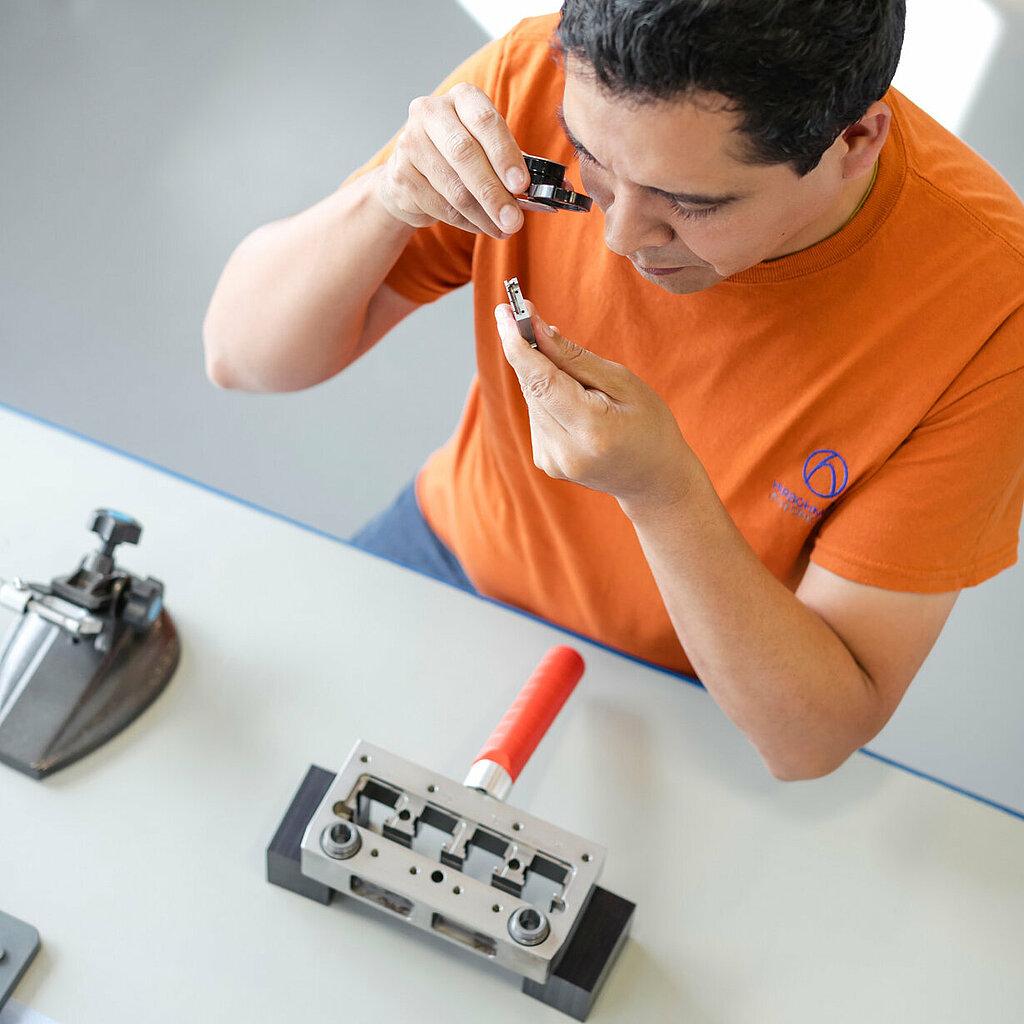Mechanical Environmental Simulation
Mechanical environmental simulation is used to investigate the loads to which a product is exposed during operation. These tests simulate real conditions to ensure that the components can withstand the mechanical requirements.
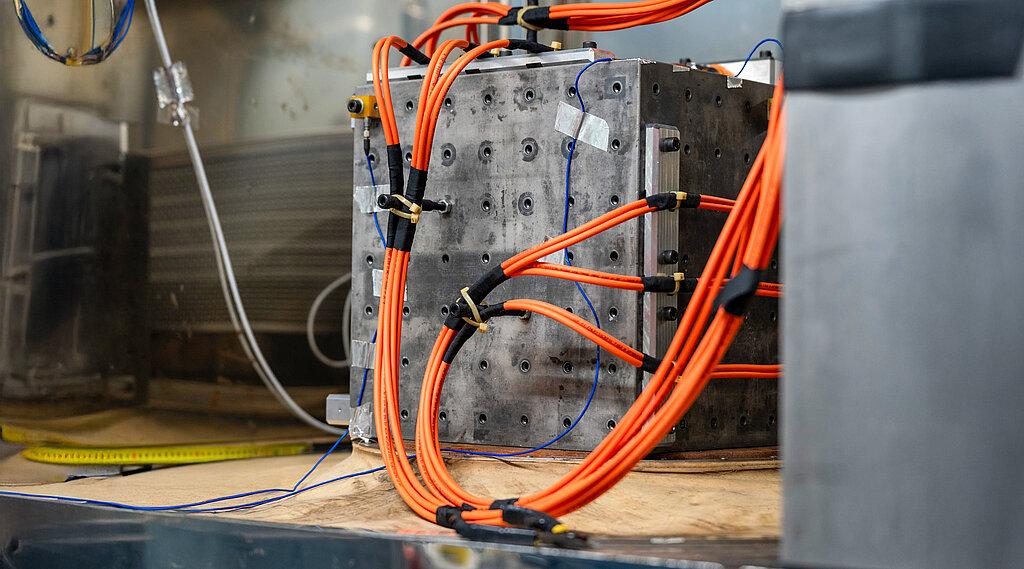
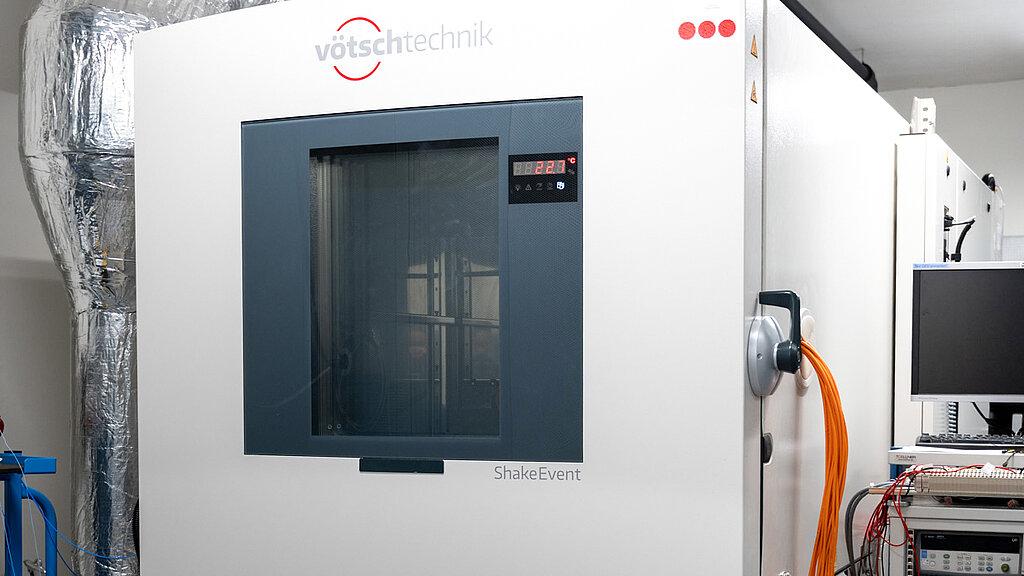
Vibration and Dynamic Loads
During the vibration test, the product is subjected to vibrations (load changes) in order to assess the effects on performance and durability. This can be relevant for both field operation and transportation conditions. The test typically includes different frequencies and amplitudes to get a comprehensive picture of the possible loads.
By simulating these dynamic loads, potential weak points can be identified and weaknesses in the design or materials can be uncovered. This is crucial to ensure the reliability and safety of the product in real-life application scenarios and to avoid potential damage during transportation.
Vibration Modes
Shake It Up: Vibration Tests for Tough Products
An Extract of the Facilities
Vibration Unit 1 with Integrated Climate Chamber
Vibration System: A74 – IMV – 74kN
Dimensions Vibration Table: Cube with 350mm edge length
Hole Grid: M8 threaded inserts on 50mm hole grid
Climate Chamber: Temperature range: -70°C up to +180°C
Temperature Change: heating 5.5 K/min, cooling 4.5 K/min
Volume: ca. 1,150 liter
Vibration Unit 2 with Integrated Climate Chamber
Vibraion System: SAI60 – Unholtz Dickie – 35kN
Dimensions Vibration Table: Cube with 300mm edge length
Hole Grid: M8 threaded inserts on 50mm hole grid
Climate Chamber: Temperature range: -70°C up to +180°C
Temperature Change: heating 5.5 K/min, cooling 4.5 K/min
Volume: ca. 1,150 liter
Vibration Unit 3 with Integrated Climate Chamber and Sliding Table
Vibration System: K080-CE / IMV – 80kN
Dimensions Vibration Table: Cube with 350mm edge length
Sliding table and headexpander with 900mm edge length
Hole Grid: M8 threaded inserts on 50mm hole grid
Climat Chamber: Temperature range: -70°C up to +180°C
Temperature Change: 5 K / min
Volume: ca. 1,150 liter
I want to get in touch
Global Head of Laboratory
